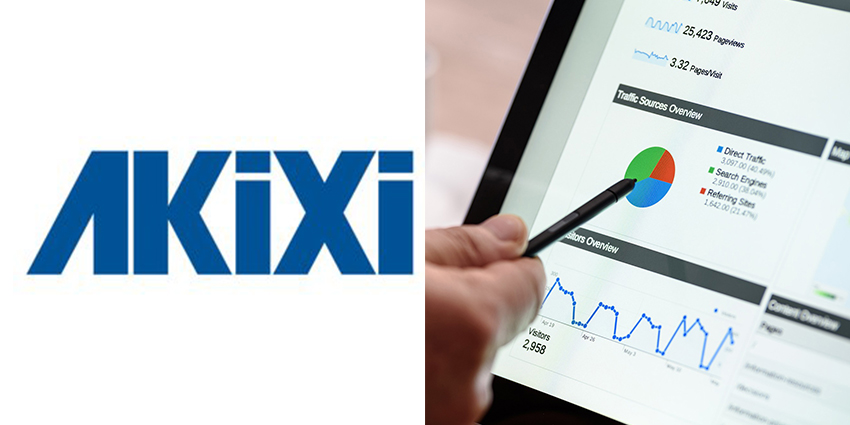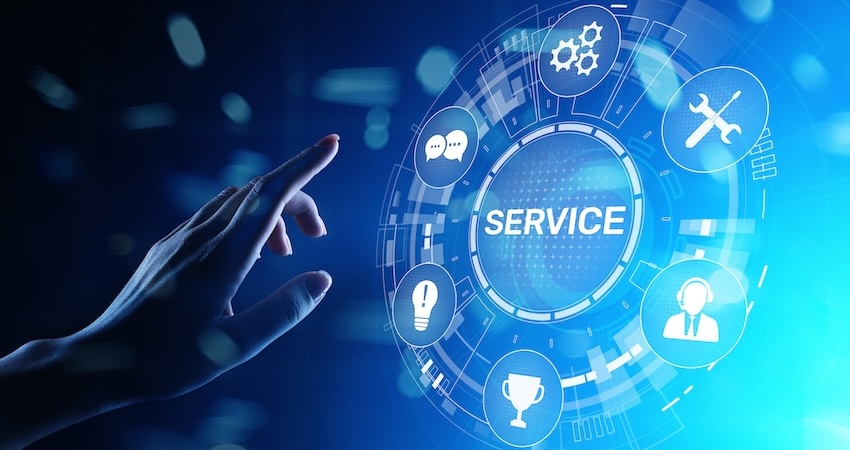As technology platforms advance the amount of data they gather and retain increases exponentially. One of the most startling figures banded about within realm of Big Data is that 90% of all the existing data in the world was created over the last two years. That’s a remarkable assertion and really illuminates the huge boom in data volumes that we are experiencing and only alludes to the future growth which is going to radically change all of our industries. With such large amounts of data available management, analysis and reporting is going to be an increasingly vital facet within all verticals.
To understand more about how data analytics and reporting has developed we speak to the experts. Akixi are call management and call analytics software specialists, providing call centre wallboard reporting services, real time statistics and analysis. Their Managing Director, Bart Delgado was on hand to explain how call analytics and management have developed and what the future is going to bring.
What’s the History of Call Management and Analytics?
To fully appreciate what the future developments might be in data management and analytics we first need to understand the past. Bart has a long history in the industry and has experienced it first-hand so is perfectly placed to explain its development.
Bart breaks it down logically into four generations. Generation one was a very straight forward reporting of calls that had been made. Usually this occurred with a printer reeling off the day’s call logs and the motivation was simple. Phone calls were expensive so making sure they weren’t being misused was crucial.
“It was used principally so that you could say, we have a printer on the phone system so if anyone makes a call to their auntie Anne in Australia, we as management are going to know about it.”
The next progression was to move this to software based systems eliminating the printer and enabling some more advanced searching features. Then a rapidly growing call centre industry lead to the third generation with automatic call distributors (ACD) increasing the size of centres but not necessarily the efficacy.
“That was premium technology in those early days. But what it didn’t tell you is how much more efficient you could be, or how agent A was performing against agent B for example”
Computer Telephony Integration, or CTI, triggered the progression to the 4th generation with call management and real-time statistics enabling analysis rather than just basic reporting. This allowed businesses to do far more with their data, optimising performance, whether that was for sales growth or for improving CX.
Bart co-founded Akixi as a pioneer of the 5th generation. This generation enables all the features above, and many more, but delivers them through the cloud in the new dawn of data.
What does the future hold?
“Put simply, Business Intelligence (BI)”
As the ever-burgeoning amount of cloud platforms increase, the ability for specialists like Akixi to leverage the huge amounts of data they gather grows too. Utilising Big Data to its full potential unlocks huge possibilities for all industries to better understand and enhance their processes and procedures. With disparate systems now located in the cloud, linking them together and analysing their performance now becomes possible enabling a raft of new potential benefits.
“Even with the huge leaps forward we have made since the first-generations, organisations are still trying to achieve the same goals: increase efficiency and enhance customer service but now the tools we given them to do that are so much more effective in the cloud.”
One of Akixi’s main services is real-time reporting with wallboard technology, accessed through the cloud allowing customers to analyse agent performance wherever they are in the world. Traditional metrics, lost calls, hold time etc are not new to the industry but Bart has already considered the future.
“Imagine a wallboard, not reporting the basic stats, but analysing the data and telling you the financial implications in real-time. You might have £1000 of orders waiting in the queue or agent A has generated twice as much revenue as agent B from their last five calls. Analysing that data and presenting it in a different way is the future.”
What About the Communication Mediums and Data Sources Being Analysed?
As Bart explained, with the history of call management and analytics, the founding ethos of anyone wanting to manage or analyse communication was based on calls. But he also believes that is going to change.
“Omnichannel is vital”
Businesses now need to communicate with their customers using a raft of different mediums. Email web chat, SMS and social media all now act as conduits into a business and therefore the possibilities in terms of replicating the analytical enhancements made with phone calls apply here too.
“How many people know the average response time to an email? If you are using that as part of your customer interaction its important. In fact, how many organisations even set a target in terms of response time?”
All of these communication mediums, although not all directly comparable, should be equipped with the same management and analytics that calls have been capable of historically. Akixi are working to enable and enhance the new world of omnichannel management and analytics.
“We believe we are the finest company in the world for presenting KPIs on call traffic, so watch this space for how we are going to do it on an omnichannel basis.”







